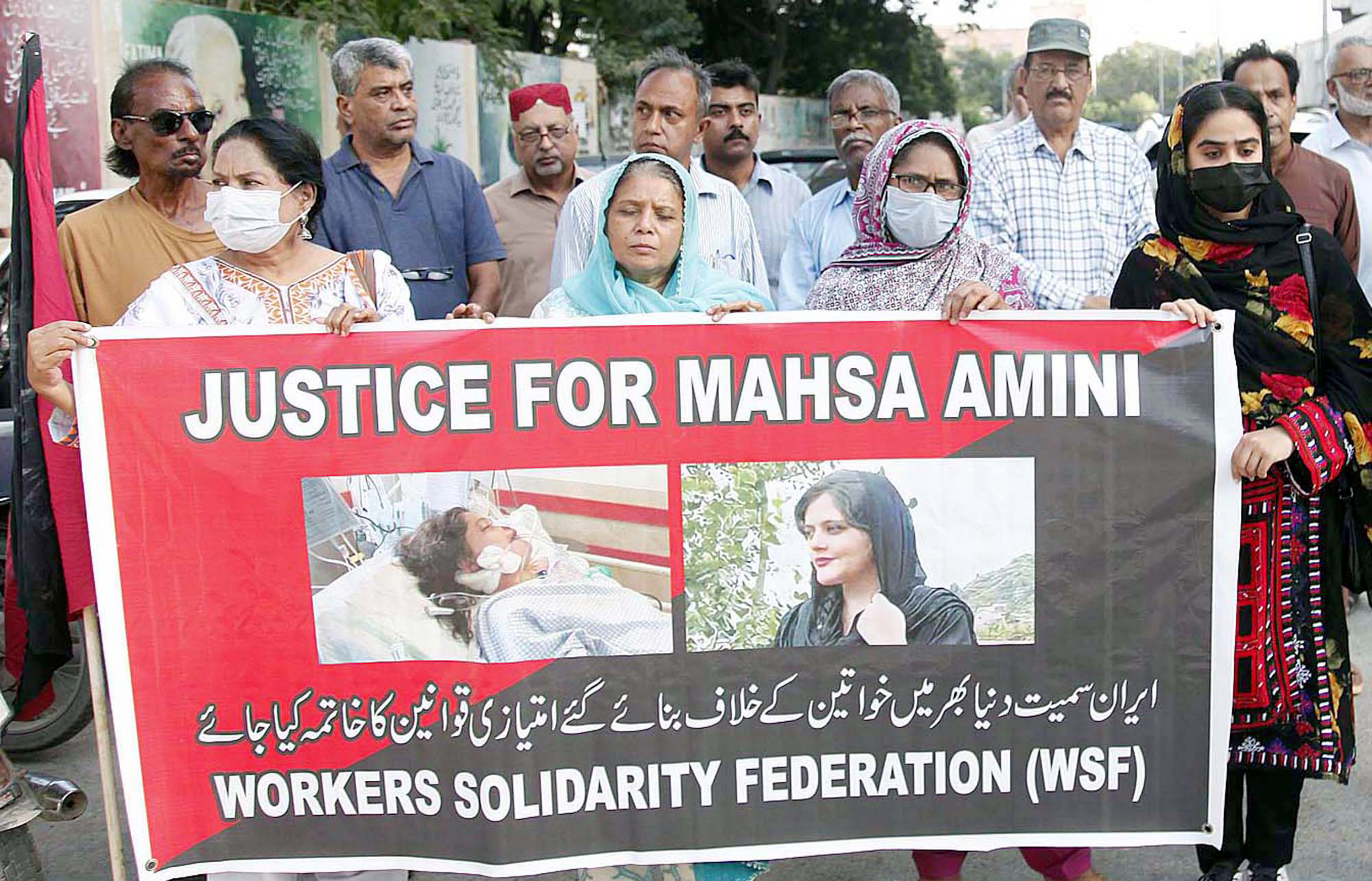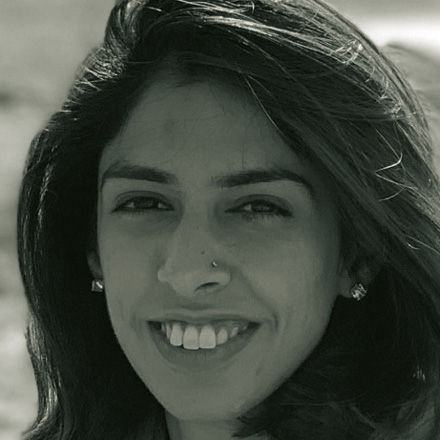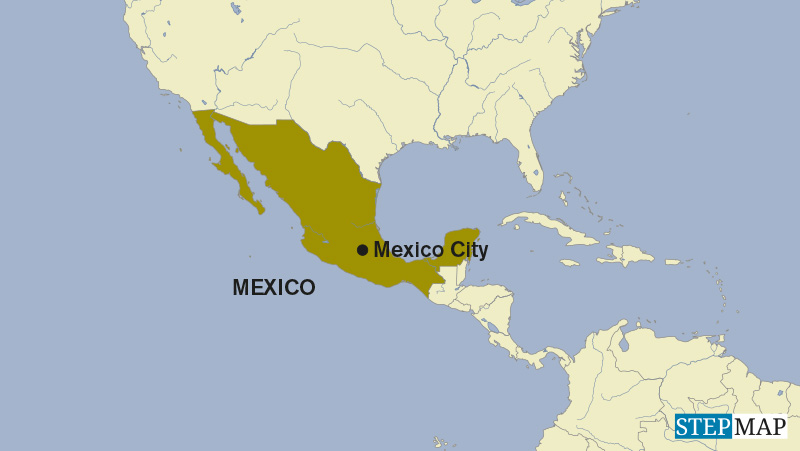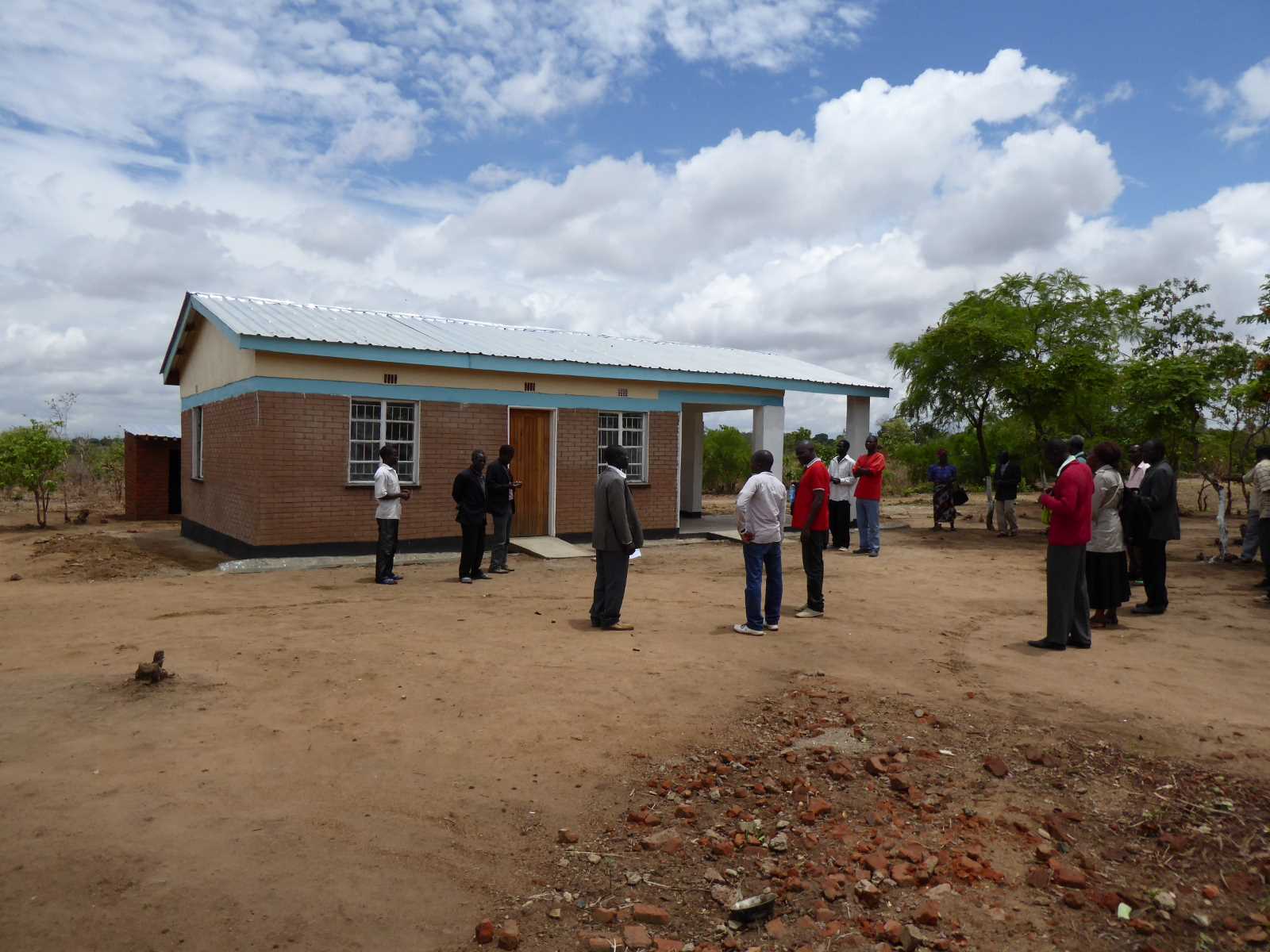Women’s rights
Multi-faceted movement
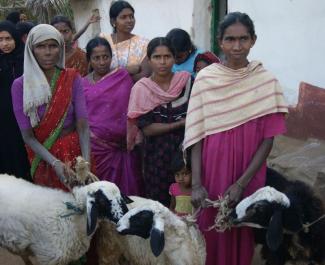
In a new study, Vibhuti Patel and Radhika Khajuria offer an overview of the historical development of feminist activism in India. The social scientists see the origins in the social reform movement of the 19th century. At the time, middle and upper class women in particular fought for gender equality and against social segregation. Today, in contrast, many women’s rights activists belong to suppressed castes (“Dalits”), disadvantaged farming communities and the industrial labour force. A wide range of political parties, non-governmental organisations, grassroots initiatives and academic institutes support demands of improving women’s rights.
The study was published by the Friedrich Ebert Foundation and emphasises the joint demands raised by all constituents of the feminist movement. These demands concern society as a whole, relating to politics, economic and environmental matters, the media, education, family life et cetera. Gender inequality is evident in the distribution of land as well as in who holds political office. In India, men and women are not equal before family law, moreover, which means that women are at a disadvantage in divorce cases for example.
From the early beginnings, the authors summarise the fight against normative gender stereotypes, which coincide with patriarchal family structures. They detect the same phenomena under the surface of contemporary market-orientated modernisation, so gender roles are being perpetuated. As many feminists do, Patel and Khajuria oppose the “patriarchal control of women’s sexuality”, which ultimately results in sexualised violence, even within families. The authors express themselves in favour of sexual self-determination.
Since the beginning of the 20th century, feminists have been highlighting the empowerment of the individual. Various NGOs share this focus, insisting that every woman should live in a self-determined way. Today, many women move to urban areas in search of individual fulfilment. Some live in single households. But within the women’s movement, there is no consensus on precisely how independent an individual should be. After all, social protection is basically provided by extended families in India.
India’s women’s movement is quite heterogeneous in spite of many shared demands however. Opinions of farm women often differ from those of urban leftist intellectuals, for example in regard to the acceptance of homosexuality. Different groups have different understandings of sexual self-determination, and ideas concerning modernisation differ too. Unfortunately, Patel and Khajuria do not pay much attention to such issues.
The reality is that some women choose their husbands independently, but normally families take this decision. That does not necessarily mean that the women do not have a say in the matter. Often the choice is made with the family (also note essay on arranged marriages in Arab countries by Martina Sabra). While many women demand more freedom to decide for themselves, other women don’t see their freedom compromised by family members’ involvement in marriage decisions. Issues like this would have deserved some elaboration in the Patel’s and Khajuria’s study.
They do not regard gender as the only origin of injustice. Faith affiliation and caste membership are relevant too. Police officers, for example, treat lower-caste women differently and do not let them file cases of rape. Muslim women are similarly discriminated against. Patel and Khajuria demand that the women’s rights movement should pay more attention to such injustice.
Lea Diehl
Source
Patel, V., and Khajuria, R., 2016: Political feminism in India: An analysis of actors, debates and strategies. New Delhi: Friedrich Ebert Foundation.
http://library.fes.de/pdf-files/bueros/indien/12706.pdf
